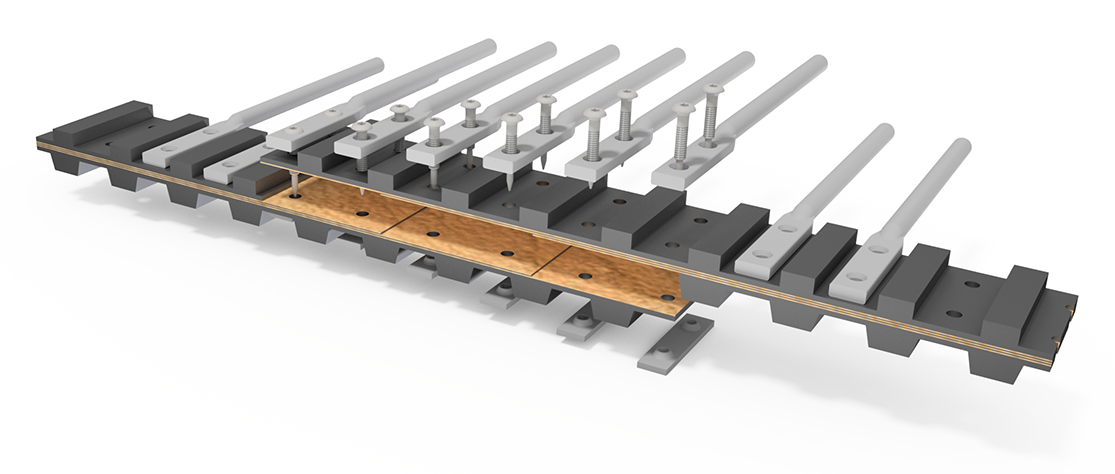Conveyor belt issues can disrupt your operations, but our practical solutions can help you get back on track. By following our guidelines, you can reduce downtime, improve efficiency, and lower maintenance costs. Our solutions are based on a deep understanding of agricultural conveyor systems, helping you tackle immediate issues and enhance the overall performance and lifespan of your conveyor belts.

tailored to solve any agricultural conveyor belt issues.
Explore our range of solutions, designed to address specific issues in agricultural conveyor systems. Whether you’re dealing with material spillage, high energy consumption, or excessive noise, our solutions offer effective, long-lasting results. Find the right fix for your conveyor belt challenges.
Belt slip in conveyor systems can lead to inefficiency and potential damage. Here are some detailed solutions:
To address tracking problems in conveyor systems, consider the following detailed solutions:
Each of these steps is crucial for maintaining the optimal performance of your conveyor system and preventing tracking issues that can lead to inefficiencies and potential damage.
Addressing premature belt wear in conveyor systems involves a comprehensive approach. Here are detailed solutions to mitigate this issue:
By addressing each of these factors, you can significantly reduce premature wear of conveyor belts and ensure a longer lifespan and more efficient operation of your conveyor system.
Material spillage is a common issue in conveyor systems. Here are several strategies to address this problem:
By systematically addressing these areas, you can reduce material spillage, improving the efficiency and cleanliness of your conveyor system operations.
High energy consumption in conveyor systems can significantly impact operational efficiency and costs. Here are some strategies to address this issue:
By addressing these factors, you can significantly reduce energy consumption in your conveyor system, leading to improved efficiency and cost savings.
In conveyor systems, belt speed problems can affect the efficiency and longevity of the system. Here are some solutions to address issues related to belt speed:
These strategies focus on fine-tuning the belt speed to address specific problems related to filling efficiency and the mechanical stress on the conveyor system’s components. By carefully adjusting the belt speed, you can improve the overall performance and durability of the conveyor system.
Excessive noise or vibration in conveyor systems can be a significant issue, affecting not just the efficiency of the system but also the working environment. Here are some strategies to tackle this problem:
Addressing these areas can help reduce the excessive noise and vibration in conveyor systems, leading to a more efficient operation and a better working environment.
Rollers are crucial components of conveyor systems, and issues with them can lead to inefficiencies and breakdowns. Here’s how to address common roller problems:
Addressing these issues can greatly enhance the efficiency and lifespan of the rollers in a conveyor system, ensuring smoother operations.
Dealing with torn out connections in conveyor systems is a critical issue that can impact the functionality and safety of the system. Here are some steps to address and prevent this problem:
Proper attention to these aspects can significantly reduce the risk of torn out connections in conveyor systems, ensuring their longevity and efficient operation.
Breaking belts in conveyor systems can cause significant downtime and maintenance issues. To address this problem, consider the following options:
By carefully assessing these factors and making the necessary adjustments, the longevity and efficiency of conveyor belts can be significantly improved, reducing the likelihood of breakage.
Breaking rods in conveyor systems can significantly impact the efficiency and reliability of the operation. To address this issue, consider the following strategies:
By implementing these changes, you can significantly reduce the occurrence of breaking rods, leading to a more stable and reliable conveyor system.
Do you have any other issues?
Discover a variety of resources on our website for your conveyor belt needs.
Resources
©2024 EA Broekema BV